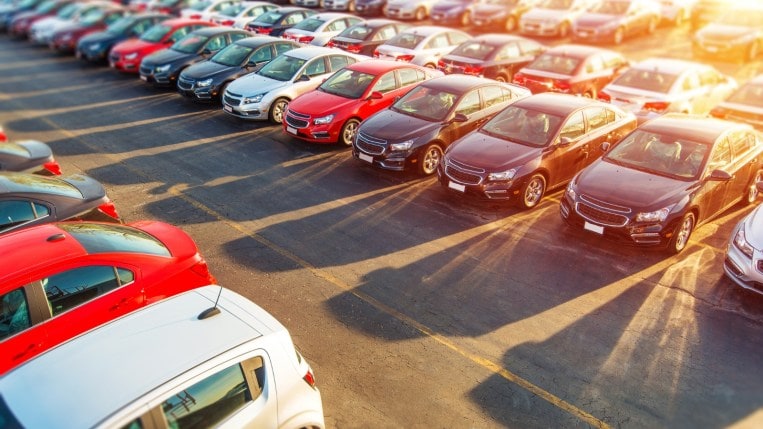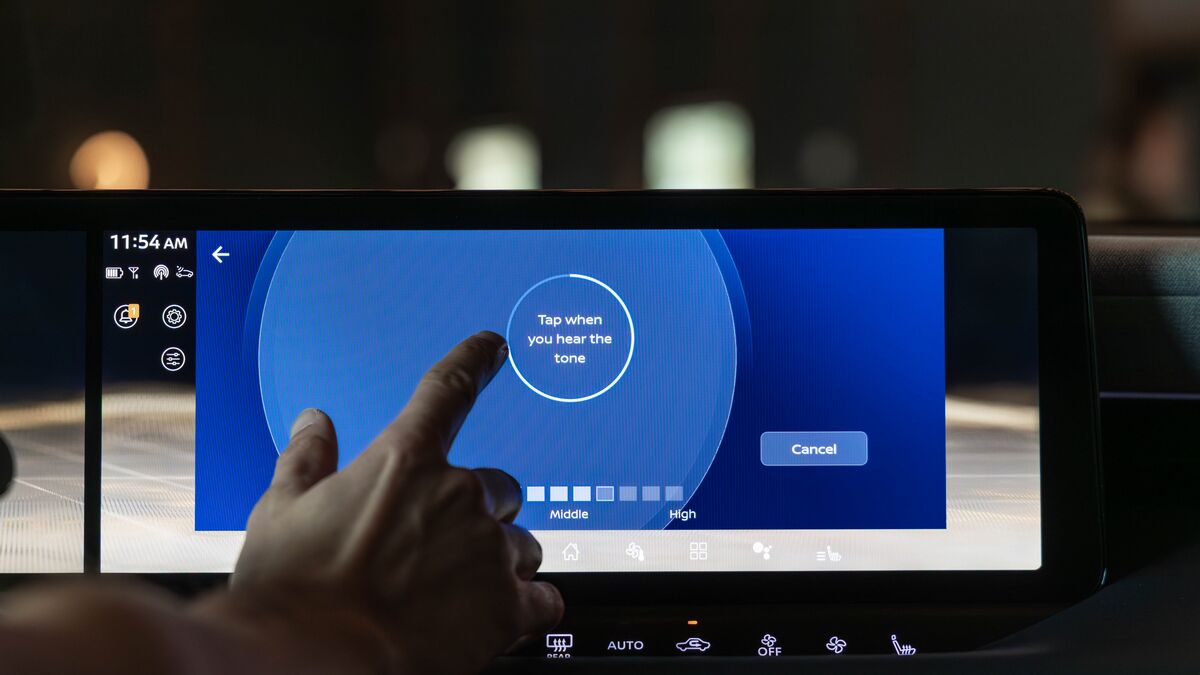
The nationwide supply of new vehicles is unusually tight due to a worldwide shortage of microchips, which go into new cars by the dozen. Buyers have also shifted their attention toward higher-priced SUVs and pickup trucks, helping to drive the average transaction price higher.
Lowest Incentives in a Decade
With supply low, manufacturers can sell new vehicles without the discounts and incentives Americans had grown accustomed to.
“Last month, incentives amounted to just 5.9% of average transaction price,” says Cox Automotive Analyst Kayla Reynolds. The figure is “the lowest amount in more than a decade. Excellent new-vehicle deals are certainly hard to find.” Cox Automotive is the parent company of Kelley Blue Book.
New cars are growing less affordable as a function of time as well – the average American must now work 37.4 weeks to cover the price of the average new car.
Price Increases for Almost Every Brand
Nearly every brand of car has seen year-over-year growth in average transaction price.
Cadillac prices increased more than 32% year-over-year, driven mostly by the new Escalade full-size SUV. Hyundai’s Genesis luxury brand posted year-over-year price gains of 28% last month, thanks largely to the debut of its GV70 SUV.
Only Porsche and Tesla saw their year-over-year average sale price decline, though Tesla does not report the same information as other automakers, so its data can be less reliable.
Affordable Car Prices Rising Faster than Luxury Car Prices
The average price paid for a non-luxury vehicle rose 8% between July 2020 and July 2021. The average non-luxury car sold for $39,865. Luxury cars, meanwhile, saw their year-over-year prices increase 5.8%. The average luxury car buyer paid $57,546.
Minivan shoppers faced the toughest market. The average minivan price jumped 17% over the last year, thanks to low inventories and the appearance of the new Kia Carnival and a redesigned 2021 Toyota Sienna.
Relief Ahead?
There may, however, be good news on the horizon. Cox Automotive reports that “elevated prices may be cooling consumer demand; after robust sales in March, April and May, new-vehicle sales began to slow in June and July.”
The seasonally adjusted new vehicle sales pace – a rate that removes normal seasonal fluctuations to make it easier to compare one month to another – slowed in July after a year of growth.







